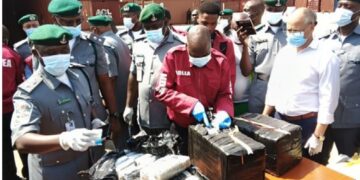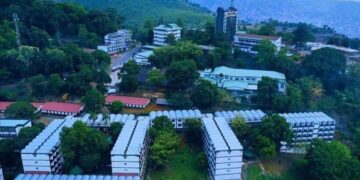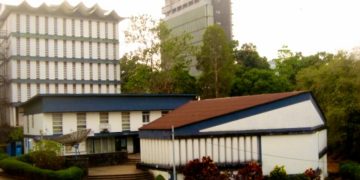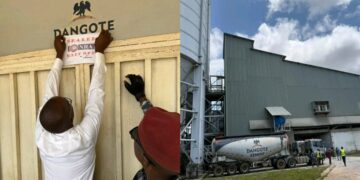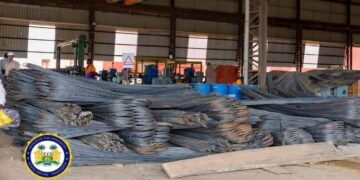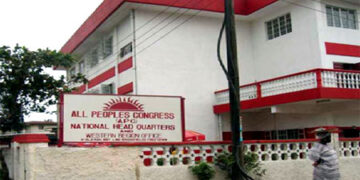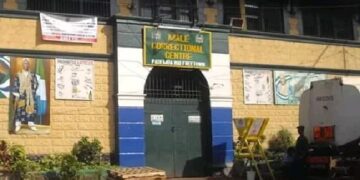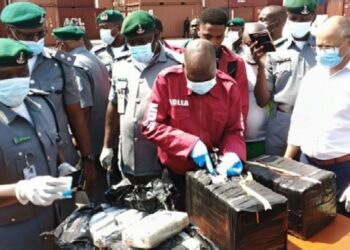FREETOWN – Growing concerns are mounting over the deteriorating condition of the old railway line bridge located just beyond St. John, with residents and commuters warning that it could collapse if urgent repairs are not carried out.
The bridge, a vital link for daily travel, now shows visible cracks, rusted metal supports, and weakened foundations. Locals say the structure has become increasingly unsafe and poses a major risk to motorists, pedestrians, and nearby communities.
“This bridge is no longer fit for use. Every day we cross here, we are putting our lives at risk,” lamented a resident who uses the route frequently.
Experts caution that the continued pressure from daily traffic could accelerate the bridge’s failure, turning it into what they describe as “a preventable disaster in the making.”
Civic groups and concerned citizens are calling on the government and relevant agencies to prioritize the bridge’s rehabilitation or replacement before tragedy strikes.
For now, the old railway bridge remains in service, but the growing cracks in its structure have left many questioning how much longer it can withstand the strain.
The St. John railway line bridge is one of the few surviving remnants of Sierra Leone’s historic railway system, which was constructed during the colonial era in the early 20th century. Originally designed to carry trains along the old Sierra Leone Government Railway route, the bridge became a vital crossing point for vehicles and pedestrians after the railway was decommissioned in 1974.
For decades, the structure has served as a key connector between central Freetown and its surrounding neighborhoods, making it an important part of the city’s transport network. However, it was never upgraded to accommodate the volume and weight of modern road traffic.
Over the years, exposure to heavy rains, rust, and lack of routine maintenance has severely weakened the bridge. Cracks in the concrete, corrosion of the steel framework, and erosion around its base have all contributed to its fragile condition. Despite repeated warnings from residents and engineers, major rehabilitation works have not been undertaken.
Today, the bridge remains in active use, carrying thousands of commuters daily. Its historical value, combined with its role in easing movement across Freetown, makes it an important but increasingly dangerous landmark.

